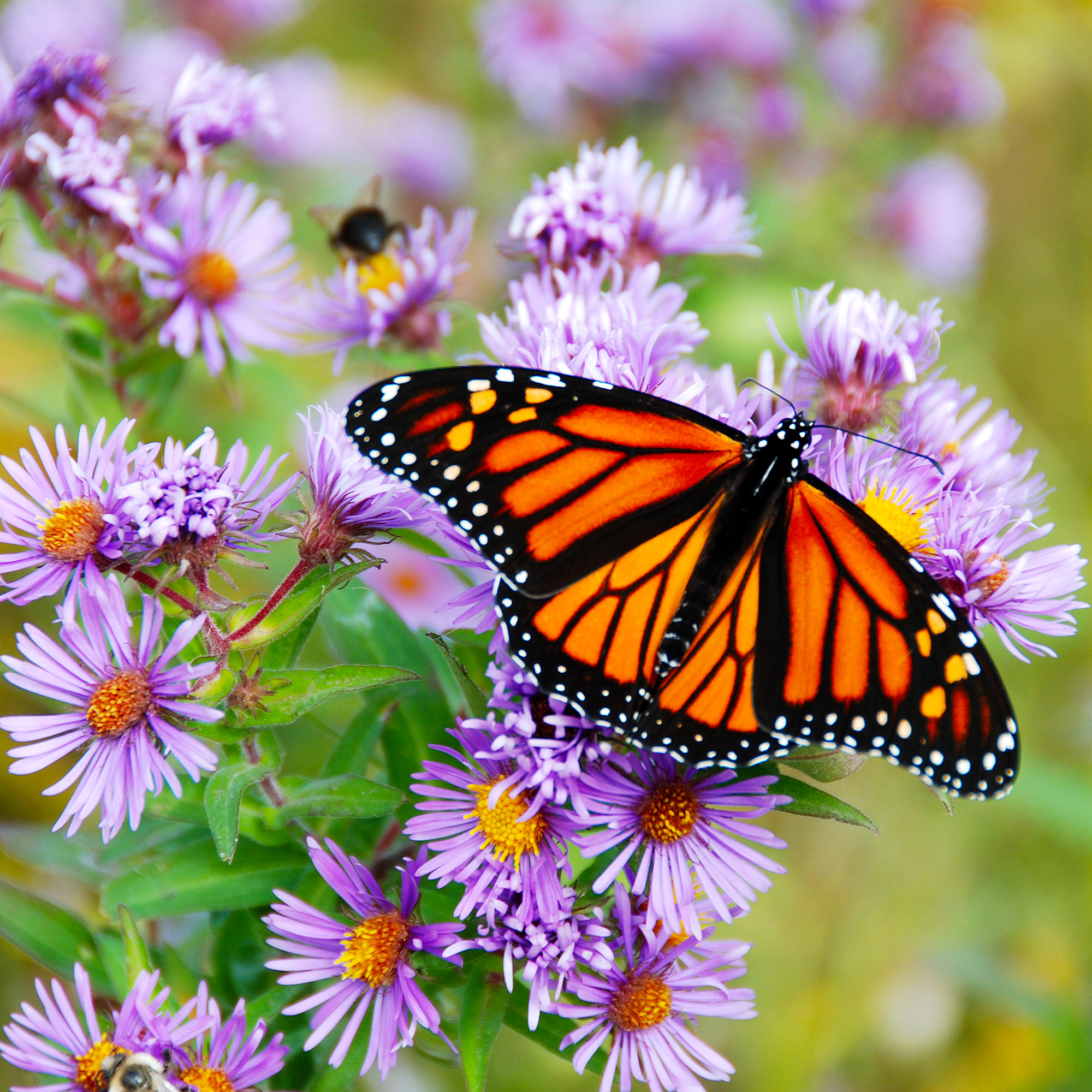5 Ways To Protect Your Garden Against Flooding This Spring, According To An Expert
Climate-resilient gardening expert Kim Stoddart explains how to get your garden ready for April showers and help reduce the risk of flooding this spring.

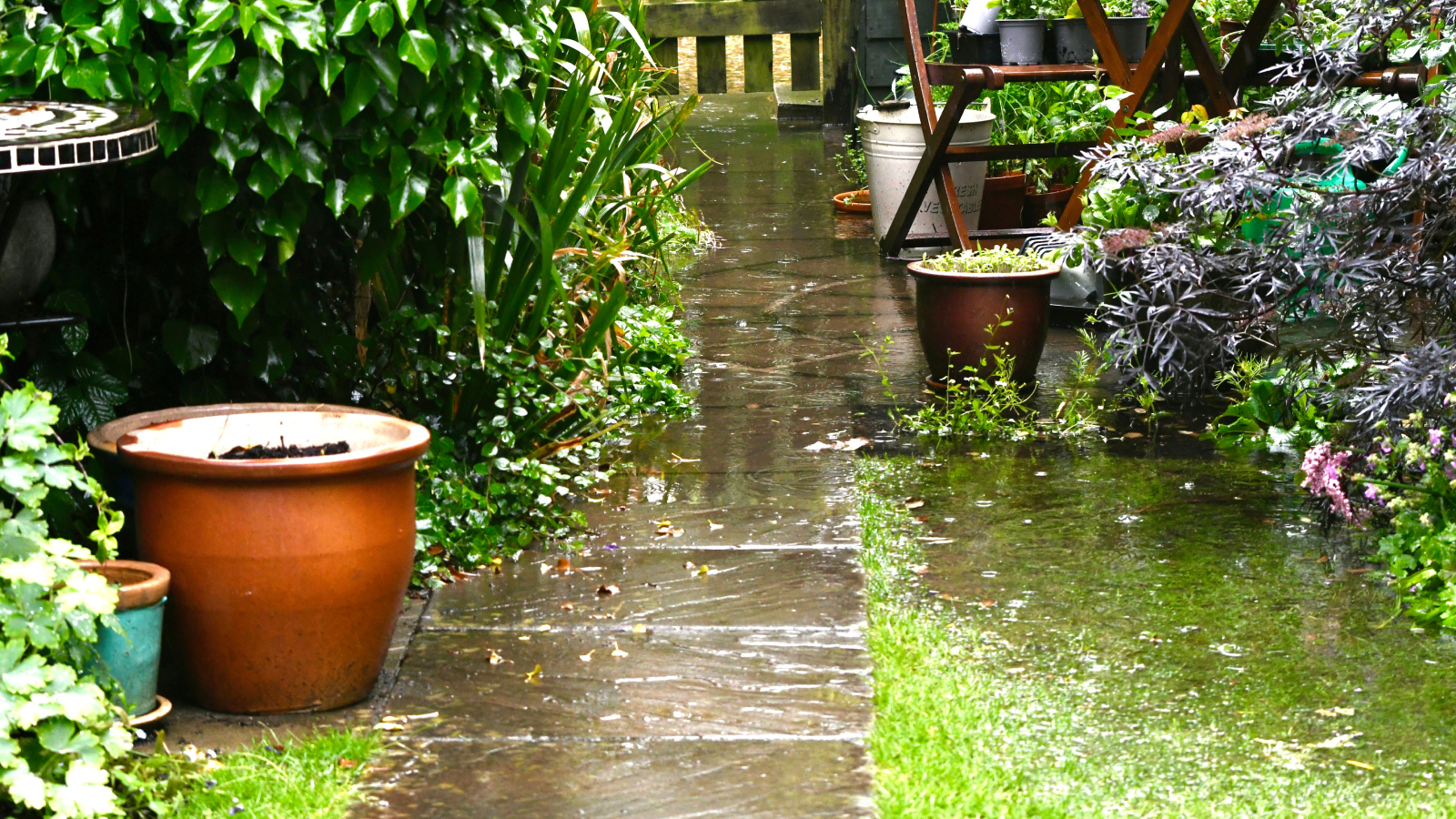
A flooded garden causes so much damage to plants and soil. Believe me, I know. My gardens flooded back in 2013 and were under water for weeks on end. The issue was a lot of rain (of course) but also that the farmer’s land behind my homestead had just been ploughed over. The previously perennial, grassy field became loose, churned soil with a greatly reduced ability to hold and process water.
This experience started me on my journey into more weather-resilient ways to garden. Since then, I’ve been writing and teaching courses about how to create climate-resilient gardens that can withstand the extremes we often face in our gardens. Let me reveal what I did to shore up my defenses against flood damage in the garden and give you some insights about how to protect your plot from heavy spring rains.
1. Use No-Till Techniques
First and foremost, my garden flooding experience made me realize the importance of disturbing the soil as little as possible. No-till or no-dig gardening aids soil structure and the soil’s ability to better manage rainfall. It was a great illustration of how tilled soil is more vulnerable to the elements. Tilling soil also releases carbon into the atmosphere.
2. Cover the Ground
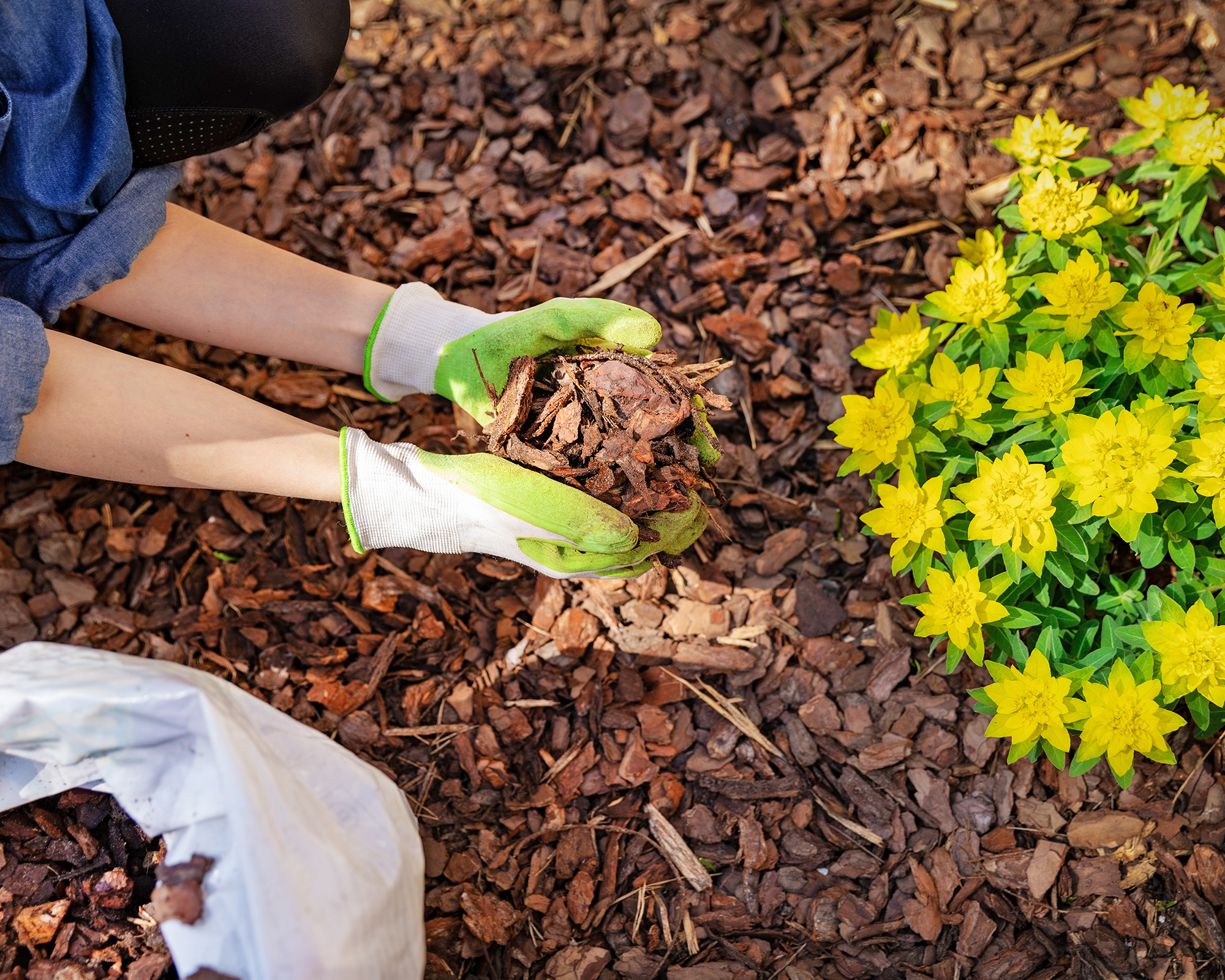
Be it perennial ground cover plants, green manures, winter crops, or one of my favorite free magic mulch materials, covering the ground increases soil’s ability to cope with weather extremes. These methods soak up water and help soil deal with a greater influx of early spring rain.
3. Slow It, Spread It, Sink It
Water needs to find a way, so follow the permaculture gardening principle of “Slow it, sink it, spread it.” What that means is it’s important to enable water to spread and move out of harm’s way in your garden. There are various ways to go about this. Here are just a few ideas:
Create a Swale
In my case, I have a bioswale, which is a ditch filled with plants that help soak up water and channel it out of the garden. This is a first line of defense for me in the area that’s most at risk of flooding. This area has a combination of trees, soft fruit bushes, willow, and long grass all mixed in as a sort of flood plain.
Use Porous Pathways
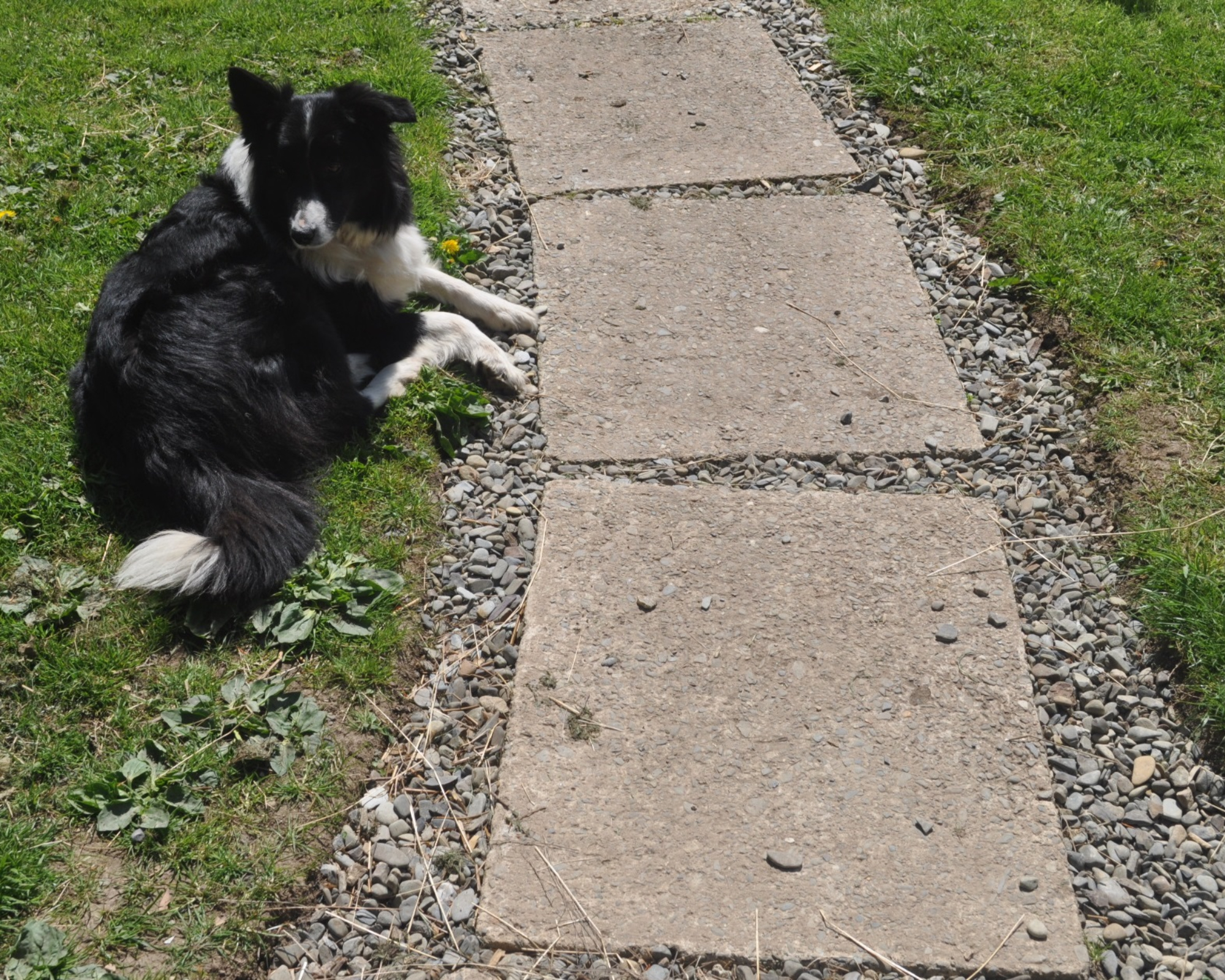
Permeable pavement and pathways enable water to sink down and away. That means that you can better access your garden without damaging it during the damp days of early spring or after those annual April showers. I have a combination of gravel pathways lined with porous weed membrane and stone paths lined with gravel to allow further rain absorption.
Sign up for the Gardening Know How newsletter today and receive a free copy of our e-book "How to Grow Delicious Tomatoes".
Consider Creating Rills
Rills are essentially small channels that redirect water runoff in the landscape and allow it to flow away. You could include a dipping pond so that the problematic water is then put to good use during hot weather when water becomes scarce.
4. Boost Rain Water Harvesting Efforts
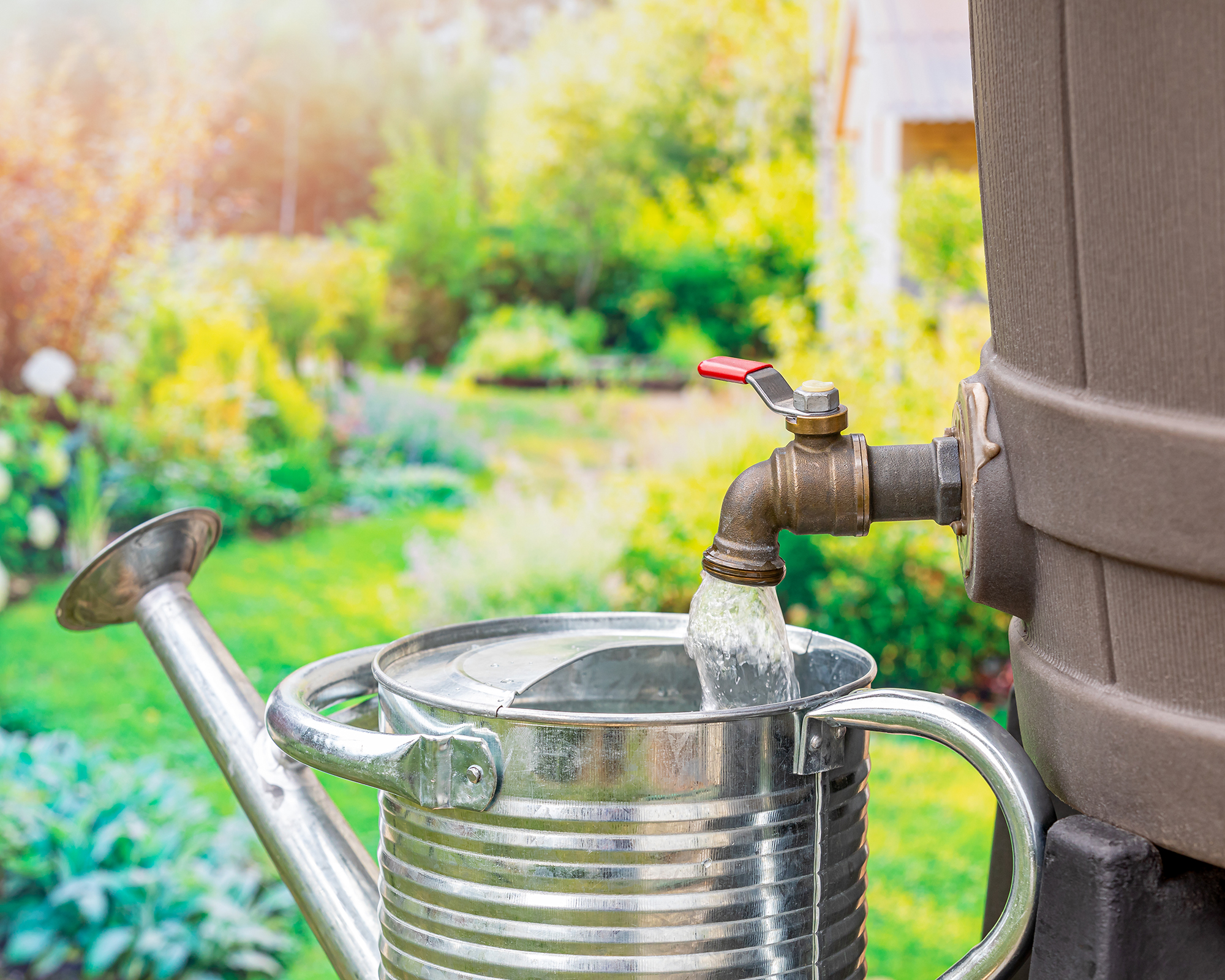
Consider adding more water harvesters where you can. There are many different shapes and sizes nowadays to help maximize water collection. Even old bins or barrels can act as impromptu rain water collectors—it all helps.
There are many benefits of rain barrels besides just reducing flooding in the garden. One important benefit of rainwater vs. tap water for gardeners is that it’s better for plants. It doesn’t contain the chemicals cities use to treat tap water and it’s more pH balanced than tap water, so it won’t alter the pH in your garden soil.
5. Work Within Your Community
The more we can work together with our neighbors, the better prepared we will be to avoid the buildup of excess water. Concrete or hard standing areas don’t allow water to soak away and can be problematic when there is a risk of flash flooding. Try and determine what might be causing a flood in your area, then discuss ideas with those around you to help.
In my case, I spoke to my neighbor with the tilled field, showed him what happened, and asked respectfully that he maintain the land as grass for livestock grazing instead. Some summer veggies as a thank you helped seal the deal. Ultimately, it was beneficial to all concerned and my gardens haven’t flooded since.

Frequently Asked Questions
What happens with flood damage in a garden?
Soil can become anaerobic when it is under water for some time. Plants will likely die and soil life will also be temporarily eradicated. Any veggies in the ground may be subject to pollution from runoff so it’s best to compost them (and not consume them). Walking on the soil will cause further damage by compacting it, so you will need to leave it alone until the water drains.
There’s a risk of flooding in my area. What quick actions can I take?
Move any gardening products up and out of harm’s reach so they don’t leach out. Also, secure tools so they don’t float away. Harvest root crops and move any electrical items up high.
Quickly mulch your most vulnerable beds with whatever you have on hand. Speak to neighbors and see if you can all leave out some containers to capture the water and help stem the risk of water buildup.
Most importantly, dig a quick soak-away channel with a spade to enable water to flow away and out of your garden. Just make sure it leads somewhere safe and isn’t detrimental to anyone else.
Grow a Successful Spring Garden
- Tick these to-dos off your spring garden checklist to give plants a strong start! Find out what you need to do for a successful garden.
- Discover the ultimate potted flowers for spring! These stunning bloomers will make containers shine all season long.
- The butterfly garden of your dreams begins here! The Butterfly Lovers' Seed Collection from Park Seed is all you need to grow beautiful blooms butterflies (and you) will love.
This article features products available from third party vendors on the Gardening Know How Shop. Keep in mind that our plant inventory is limited—so if you’re thinking of purchasing, don’t wait!

Kim Stoddart is a multi award-winning UK journalist and leading authority on climate change resilient gardening, particularly home food growing.
She is the author of The Climate Change Resilient Vegetable Garden and co-author of The Climate Change Garden, as well as the editor of the world’s oldest gardening magazine, Amateur Gardening, which was founded in 1884.
